As the Year of the Gryphon comes to a close, the mercenaries of Hearthstone set foot into Alterac Valley in the final chapter of their year-long story campaign. In World of Warcraft, this snowy vale has been serving as a hotspot showcasing the ongoing conflict between Horde and Alliance for almost two decades now.
What are the mercenaries’ motives in Hearthstone’s upcoming expansion, Fractured in Alterac Valley? Why did they join WoW’s most iconic battleground? And how did Team 5 manage to transport the flavor of this battleground so incredibly well?
Alterac Valley – A Passage of Conflict
In our expansion teaser prediction article earlier this year, we already speculated that the clash between the mercenaries’ factions would erupt in a final showdown within Alterac Valley. These speculations turned out to be true – and not only because of the distinct teaser art.
The battleground of Alterac Valley perfectly showcases the original conflict of Horde and Alliance. From WoW Patch 1.5 on, players of both factions were able to smash their heads together in an epic 40 versus 40 battle.
What made this instanced PvP event so special was the fact that it sometimes took literal days to decide a clear winner. The reason for that lies within the battleground’s main win condition: Both factions had to kill the opposing leader to take the win.
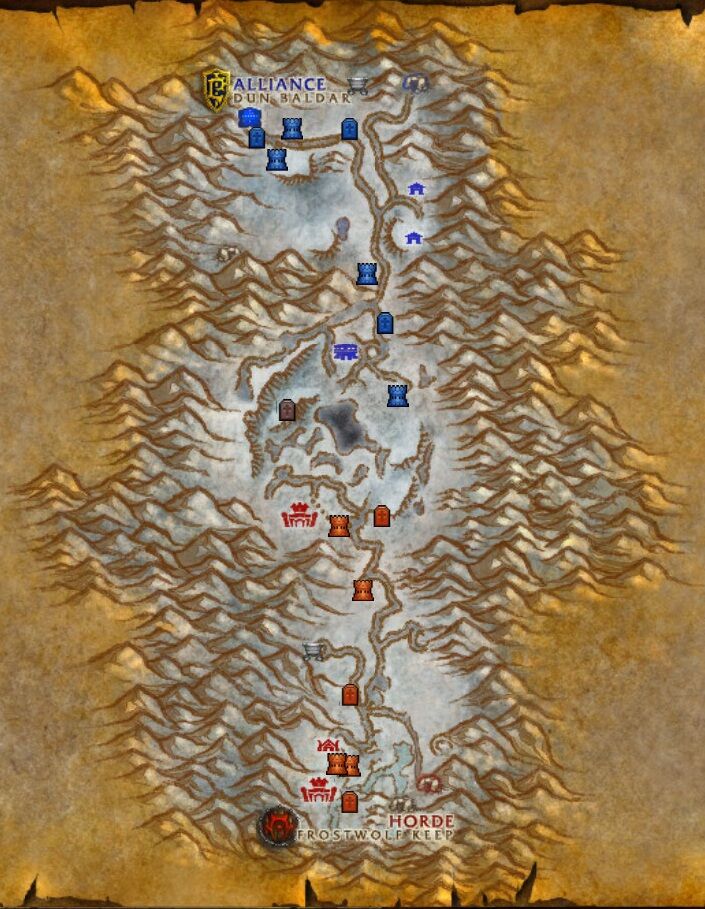
On their way to victory, players were able to do all sorts of quests and content in Alterac Valley that eventually contributed to their faction’s war efforts. However, this sandboxy nature of WoW’s most iconic battlegrounds zone after its release was entirely based on player initiative. Players could even fish and collect herbs in Alterac Valley – activities most certainly not beneficial to the greater cause of defeating the opposite faction. Yes, we’re looking at you, Iksar!
But most players still followed the main rules of the zone. They even managed to summon both Lok’holar and Ivus on a regular basis, two incredibly powerful NPCs, to help reach the opposing faction leader.
Stormpike Guard versus Frostwolf Clan
But why have both factions been fighting in the beautiful, snowy valley? How did the war between orcs and dwarves break out in the first place?
A long time ago, the orcs of the Old Horde were offered to drink the corrupted Blood of Mannoroth by the evil warlock Gul’dan. Durotan, Thrall’s father and leader of the Frostwolves back then, denied the offer, and for that, his clan was exiled to the mountains of Alterac.
As a result, the Frostwolf orcs made Alterac Valley their new home. After Durotan’s death and Thrall’s decision to lead the New Horde, the blind shaman Drek’Thar was put in place to lead the nature-bound clan.
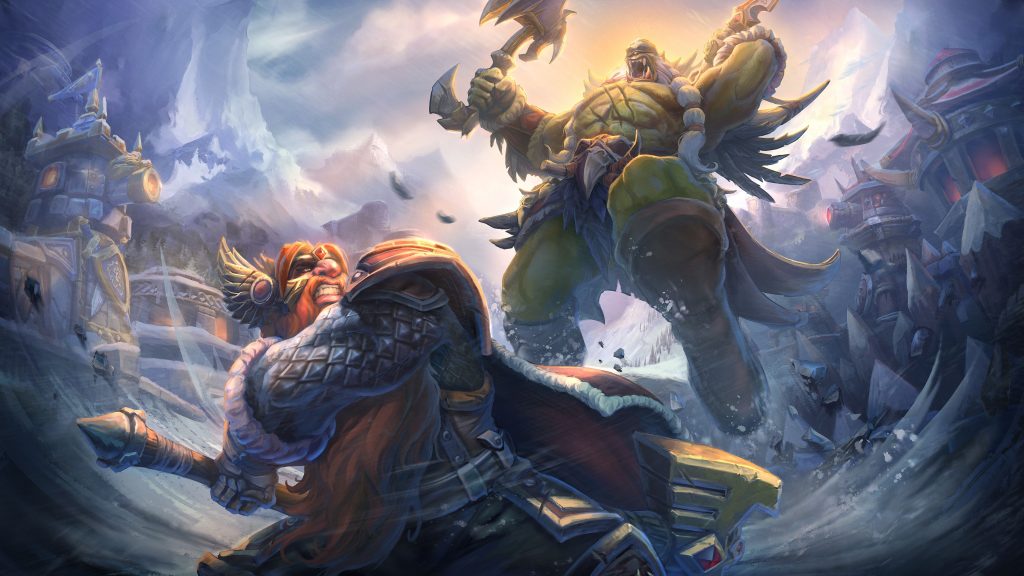
For years, the Frostwolves lived in peace – until the Stormpike Guard arrived in the valley. Led by Vanndar Stormpike, the self-proclaimed “Stormpike Expedition” set out to search for useful resources and valuable relics. The Explorers’ League, the Alliance’s main research organization, even suspected hidden Titan artifacts in the vicinity.
History can’t exactly tell how the battle for Alterac Valley started. Both factions have their stories at hand, of course: The Frostwolf orcs hold the greedy dwarves responsible for destroying their homelands, while the Stormpike Guard has called their counterparts “brutal savages” that violently disrupted their scientific efforts.
Two Dragons in Disguise
Now that we have discovered the backgrounds of Alterac Valley, we can take a look at the implementation of the mercenaries storyline.
Before the release of United in Stormwind, we talked about the massive influence behind Katrana Prestor’s doings in the history of the Alliance. Katrana, better known as Onyxia, the daughter of Deathwing, infiltrated the nobles of Stormwind in order to destroy the Alliance from the inside. She even put a powerful spell on King Varian Wrynn that split his soul in two and tried to get his son Anduin killed!
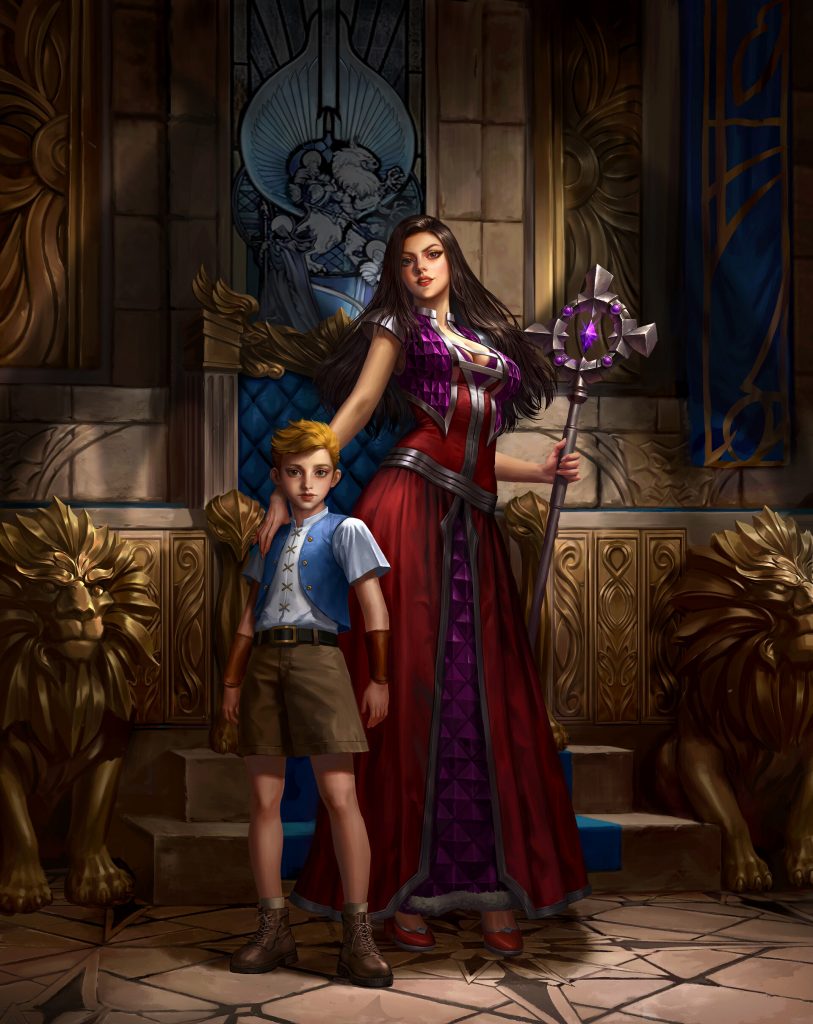
Onyxia’s evil game plan resulted from her father’s efforts to wreak havoc on Azeroth. Back in the day, the Alliance was an incredibly powerful faction, thus forcing the Black Dragonflight to apply more intricate tactics than head-on assault to destroy their mortal enemies.
And this is where this year’s Hearthstone storyline tie-in comes into play. Katrana’s overarching plans may have been crystal-clear – but they also lacked a surprising amount of detail.
Back in the Classic days, storytelling always aimed to meet with in-game events. In this case, the Alliance eventually saw through Onyxia’s disguise, pushed her back into her raid dungeon in the marshes of Dustwallow, and put the daughter of Deathwing to rest.
But what would happen if Hearthstone’s story team filled in the details of a comparatively bland tale about one of the most powerful dragons in the Warcraft universe? Well, the answer to this question is Fractured in Alterac Valley!
Yes, Hearthstone has always put a weird and funny spin on the happenings in Warcraft history. However, this time around, things are vastly different.
First off, the connecting link between Classic Warcraft’s storyline and the Hearthstone universe goes back to a character introduced with Mean Streets of Gadgetzan, one of the card game’s first expansions: Kazakus.
The shady Zandalari troll led one of the three gangs fighting in the streets of the goblin capital. Back then, fan theories of Kazakus being a dragon in disguise became increasingly popular. There was no real lore reason behind this theory, though – until now.
The latest edition of Book of Mercenaries unveils that Kazakus and Onyxia form a draconic alliance to bring chaos to the people of Azeroth!
The Naaru Shards
And thanks to the two previous expansions, players know exactly what the two dragons are looking for: the naaru shards that have been created during the Night of Falling Stars.
Hearthstone’s story department didn’t shy away from creating a major world event to connect the dots between the current storyline and canonical lore. The naaru are incredibly powerful entities, made of pure light energy. Even after over 15 years of Warcraft history, the naaru race – especially compared to other creatures of the universe – still remains a mystery.
To indicate that parts of a potentially dying naaru have been scattered all over the Barrens is, without a doubt, a very big deal, and the fact that this event was created to bring Hearthstone’s and World of Warcraft’s history closer together is not only a great hommage but also a promising example of stellar Warcraft storytelling.
But why are the mercenaries heading to Alterac Valley now?
Players that have completed the latest edition of Book of Mercenaries have the right answer to this question. During the Deadmines mini-set, we have learned that Edwin and the Defias Brotherhood got their hands on the mysterious naaru shards that have been brought to Stormwind. The final encounter of Scabbs’ BoM campaign told the story of Edwin’s daughter Vanessa VanCleef, who was ordered by her father to bring the shards to Alterac.
This is where things get really interesting: The mountains of Alterac once were home to the nation of Alterac, one of the seven human kingdoms. Led by King Aiden Perenolde, the nation fell after Aiden betrayed the other members of the Alliance by collaborating with Orgrim Doomhammer and the rest of the Old Horde.
And guess who played a starring role in the fall of Alterac and the happenings of the Second War? A man called Daval Prestor, better known as DEATHWING! Just like his daughter in the form of Katrana, he tried to destroy the Alliance through politics as a disguised human.
The Hidden Mysteries of Alterac Valley
Back to the present: We don’t exactly know why Vanessa has been ordered to bring the naaru shards to Alterac Valley. What we do know is that Katrana and Kazakus are collaborating to do something with those shards.
We also learned that Alterac Valley is a place of history for Katrana, better known as Onyxia. Maybe there’s something hidden in the valley that her father Deathwing was after as well? Remember, the Explorers’ League suspects the presence of Titan artifacts! That assumption could also tie in with Kazakus’ intentions as a shady dealer of everyone and everything.
But why are Horde and Alliance fighting in Alterac Valley? Both mercenary parties were present when Vanessa escaped with the shards. Shouldn’t that have been the usual part of Warcraft storytelling where both factions unite to combat the greater evil?
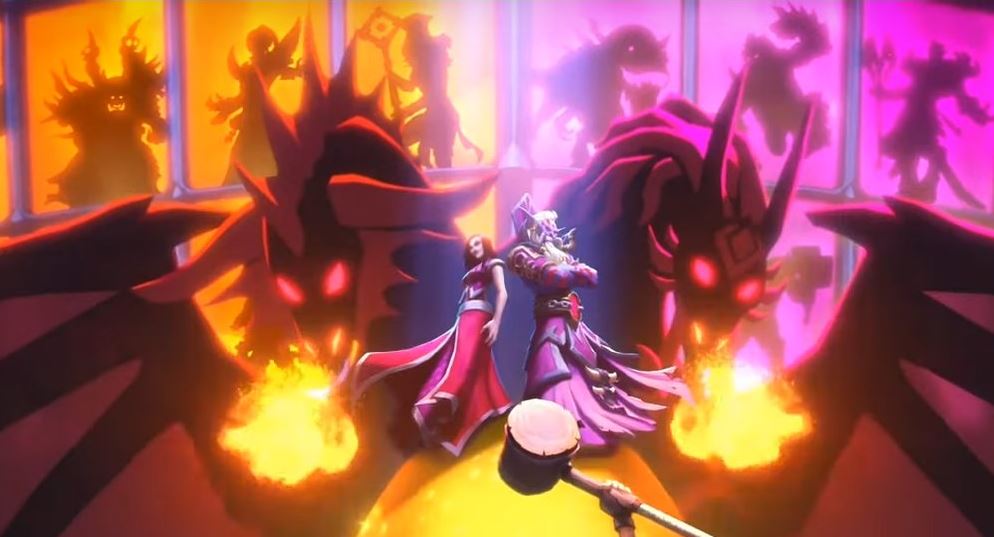
Three chapters remain in the Book of Mercenaries single-player campaign. At least one of them – the origin story of Tavish, who happens to be a Stormpike dwarf – will most likely have answers to the burning questions left by the current state of the compelling Mercenary storyline.
Fractured in Alterac Valley has the potential to become my very favorite Hearthstone expansion of all time. The amount of thought put into all existing layers of storytelling provides a foundation for flavourful card design rooted in the Warcraft universe. The usual Hearthstone goofiness has been reduced to a still-needed minimum to acknowledge the fact that, as the Alterac Valley setting implies, both Horde and Alliance are at war.
In the end, and just like during the Year of the Dragon, the final act of Hearthstone’s year-long narrative can’t come soon enough to unveil the grand draconic plan of Katrana and Kazakus and the story of the all-grown-up mercenaries!

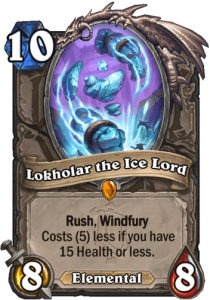
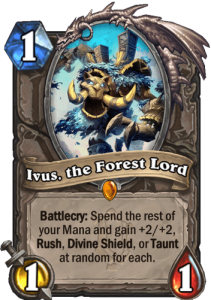
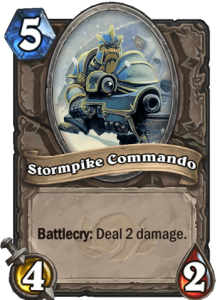
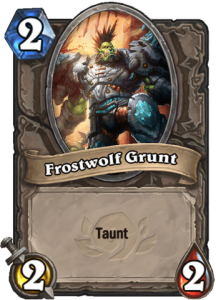
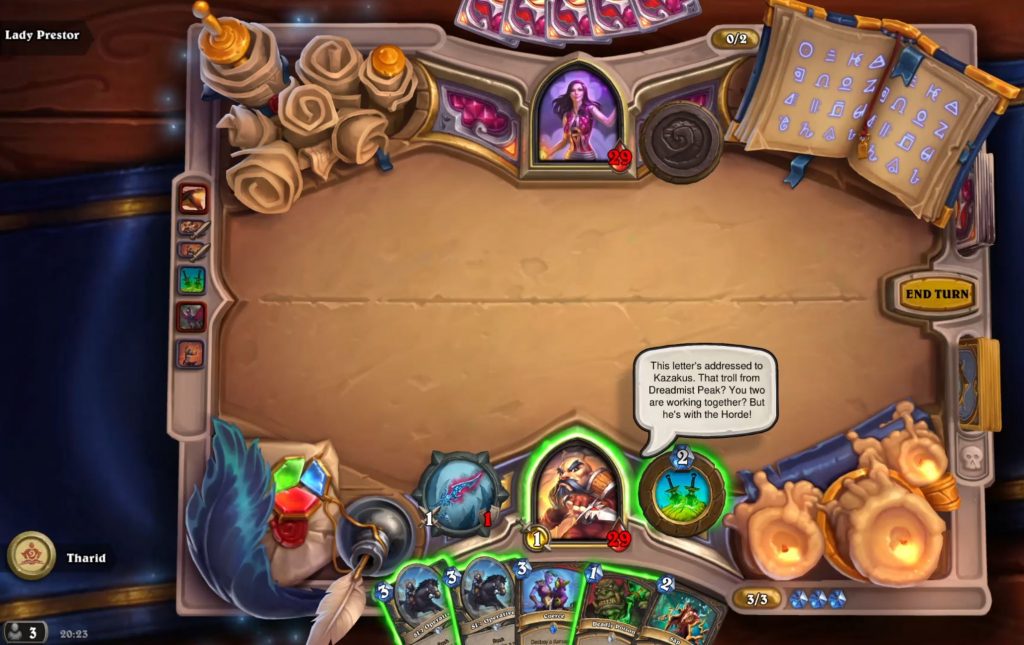
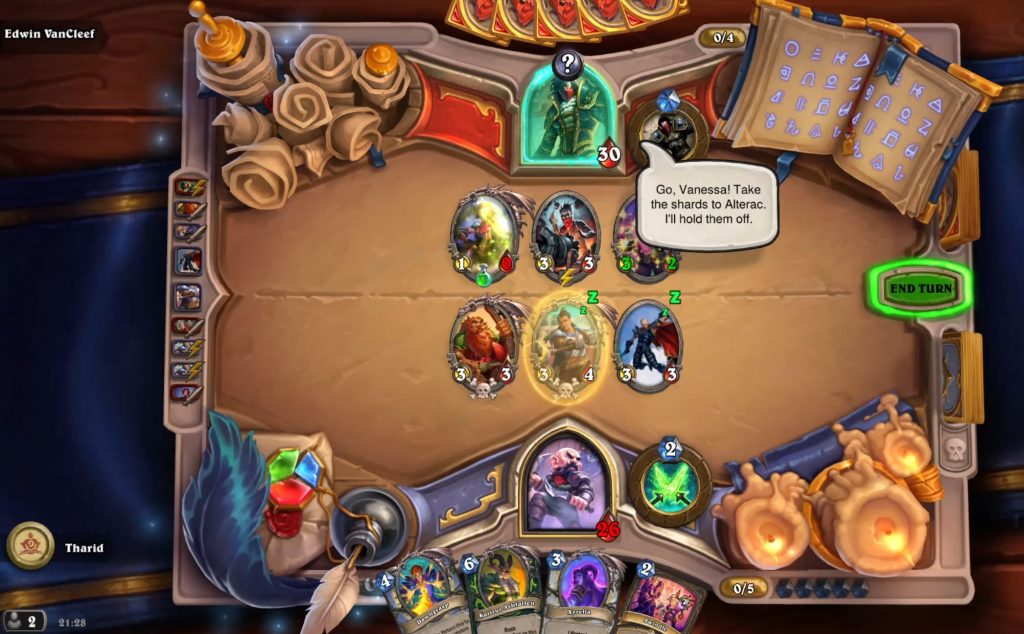
My only deception is that there’s no Black Lotus card, like there was in the middle of Alterac map, and people rushed to collect it.
Always love those kind of lore related articles.
I have to applaud the hearthstone team for what they did with the year long story and how it all falls into place – connecting WoW background with new untold adventures of our mercenaries. The storytelling this year has been stellar. I am looking forward to how the story will unveil.
Second to last paragraph sums up my thoughts as well. Depending on the shaped meta (hopefully it indeed slows down), FiAV has the potential to become one of the best hearthstone expansions.
Fully agreed! The way that Team 5 shaped their story department to perfectly fit into classic Warcraft lore is great. There’s a lot of room for improvement still – but it’s looking particularly good this year!
Nice